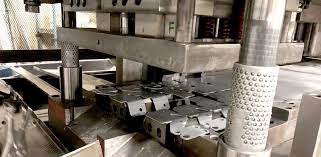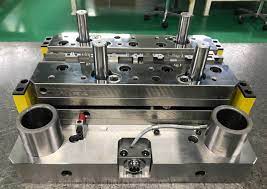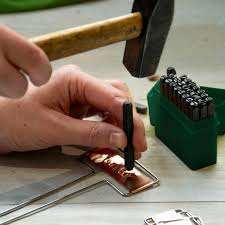Pneumatic tools have revolutionized various industries, harnessing the power of compressed air to enhance efficiency and precision in countless applications. From construction sites to manufacturing floors, these tools have become indispensable, delivering power and reliability. In this comprehensive guide, we explore the functionality, applications, and significance of pneumatic tools, shedding light on their role in diverse fields.



1. What are pneumatic tools, and how do they work?
Pneumatic tools are powered by compressed air, utilizing the force generated by pressurized air to perform various tasks. These tools consist of a motor, which is powered by compressed air and converts it into mechanical energy to drive the tool’s functionality. The compressed air is stored in a tank or supplied through hoses connected to an air compressor. When the trigger is activated, the air is released, enabling the tool to perform its specific function, whether it’s drilling, sanding, painting, or tightening bolts.
2. What are the advantages of using pneumatic tools?
Pneumatic tools offer several advantages over their electric or manual counterparts. They tend to be lighter in weight, making them easier to handle for extended periods. Additionally, they often have higher power-to-weight ratios, providing more power without increased bulkiness. These tools are also known for their durability and reliability, as they have fewer moving parts susceptible to wear and tear compared to electric tools. Moreover, they generate less heat during operation, reducing the risk of overheating and increasing overall safety.
3. Where are pneumatic tools commonly used?
Pneumatic tools find widespread use across various industries. In construction, they are employed for tasks such as drilling, nailing, and riveting. In manufacturing, they aid in assembly lines for tasks like fastening, painting, and sanding. Automotive repair shops rely on pneumatic tools for tasks involving tire inflation, impact wrenches for lug nuts, and sandblasting. Additionally, they are vital in industries like aerospace, where precision and reliability are paramount.
4. How do pneumatic tools relate to geogrid applications?
Geogrid, a material used for soil stabilization, reinforcement, and erosion control in construction, often requires tools for installation. Pneumatic tools play a role in securing geogrids by facilitating the process of fastening and anchoring them into the ground. Tools like pneumatic staple guns and nailers are utilized to secure geogrids effectively, ensuring their stability and longevity in various construction projects.



Applications and Significance:
The applications of pneumatic tools span a wide range of industries and tasks, from heavy-duty construction to intricate manufacturing processes. Their significance lies in the efficiency, power, and reliability they bring to these operations, ultimately contributing to increased productivity and precision. Geogrid installation, among numerous other applications, benefits from the use of pneumatic tools, ensuring the proper installation and functionality of these crucial materials in construction and civil engineering projects.
Pneumatic tools continue to be an integral part of various industries, offering unparalleled power and efficiency in tasks ranging from basic fastening to intricate assembly. Their role in ensuring the effective installation of materials like geogrids highlights their significance in construction and civil engineering. Understanding their functionality and diverse applications underscores their indispensable nature in modern-day operations.
